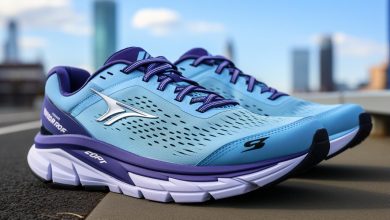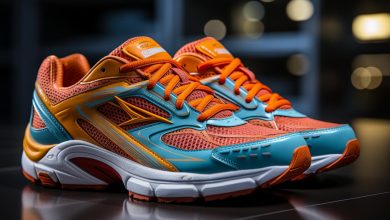Minimalist Running Shoes: Pros and Cons
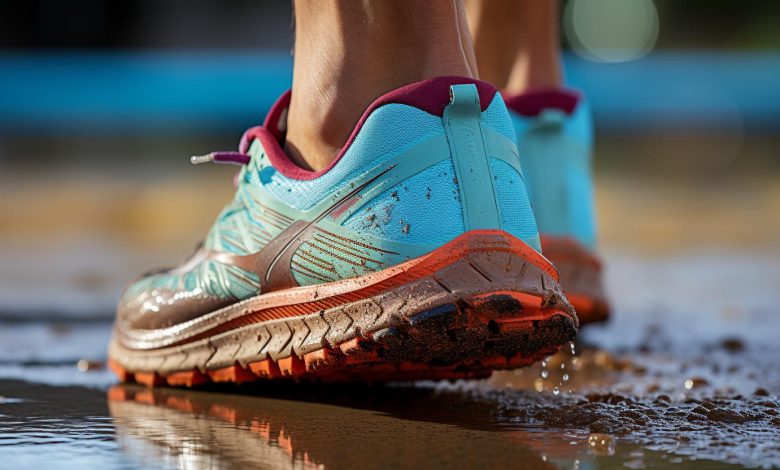
Are you tired of lugging around heavy, clunky running shoes that weigh you down like an anchor? Well, look no further! In this article, we will explore the pros and cons of minimalist running shoes.
These sleek and lightweight kicks offer a liberating experience for your feet, allowing them to move naturally and efficiently. But before you make the switch, it’s important to consider the potential risks and factors involved.
So lace up your sneakers and let’s dive into the world of minimalist running shoes!
Benefits of Minimalist Running Shoes

You’ll love the benefits of minimalist running shoes. These shoes offer several advantages that can enhance your running experience.
One of the key features of minimalist running shoes is their lightweight design. Unlike traditional running shoes, which can feel heavy and bulky, minimalist shoes are designed to be lightweight and flexible. This allows for a more natural and unrestricted movement of your feet while running.
Another advantage of minimalist running shoes is their minimal cushioning. These shoes have less padding compared to traditional running shoes, which promotes better foot strength and stability. The reduced cushioning encourages your feet to work harder, resulting in stronger muscles and improved balance.
Minimalist running shoes also promote a more natural stride. The thin sole and zero-drop heel-to-toe offset encourage a midfoot or forefoot strike instead of heel striking. This promotes better alignment and reduces the risk of injuries such as shin splints or knee pain.
In addition, minimalist running shoes often have wider toe boxes, allowing your toes to splay naturally during each stride. This helps improve stability and provides ample space for your toes to move freely.
Overall, the advantages and features offered by minimalist running shoes make them an excellent choice for runners looking for a more natural and efficient way of running.
Potential Risks of Minimalist Running Shoes
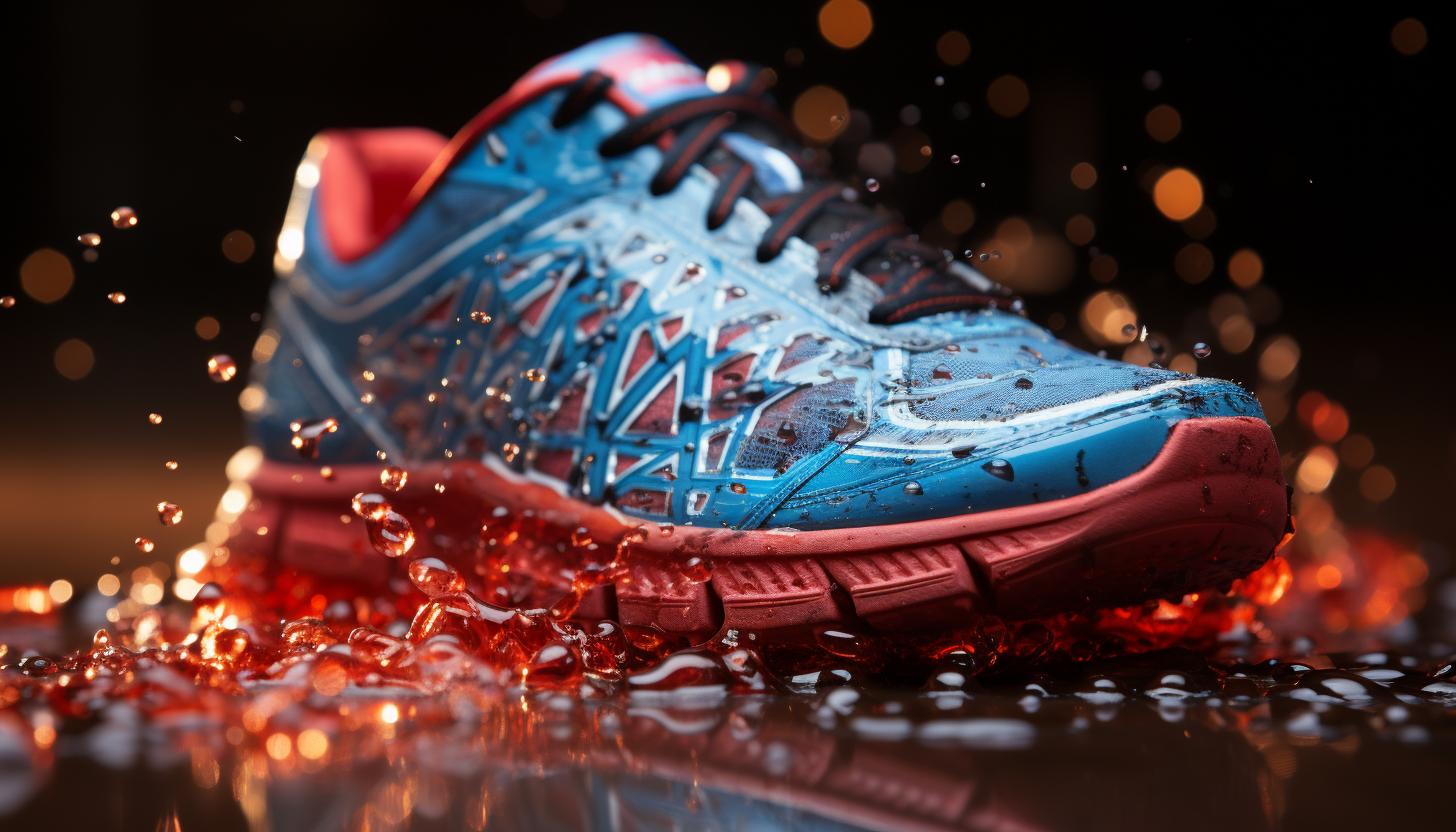
While minimalist running shoes can offer a more natural stride, it’s important to be aware of the potential risks associated with wearing them. Lack of cushioning and support is one of the main concerns. Traditional running shoes have extra padding in the heel and arch area, which helps absorb shock and provide stability. Without this cushioning, your feet may be more susceptible to impact-related injuries such as stress fractures or plantar fasciitis.
Another risk is that minimalist shoes encourage a forefoot or midfoot strike pattern, rather than a heel strike. While this can promote better biomechanics and reduce stress on the knees and hips, it can also put increased strain on the calves and Achilles tendon. If you’re not accustomed to this type of running style, it’s important to gradually transition into minimalist shoes to avoid overuse injuries.
Additionally, minimalist shoes offer less protection from external hazards such as rocks or sharp objects on the ground. This means you need to pay closer attention to your surroundings while running and choose your routes carefully.
To prevent potential risks when wearing minimalist running shoes, it is crucial to listen to your body, start slowly with shorter distances, gradually increase mileage, strengthen your feet through exercises like toe curls or calf raises, and consider using inserts for additional support if needed. Always prioritize injury prevention by being mindful of your form, monitoring any discomfort or pain during runs, and seeking professional advice if necessary.
Factors to Consider Before Switching to Minimalist Running Shoes

Before making the switch, it’s important to consider factors such as your running experience and foot strength. Switching to minimalist running shoes can have its benefits, but it is crucial to make an informed decision to prevent potential injuries.
Factors to consider before switching to minimalist running shoes:
1. Running experience: If you are a beginner or have been primarily using traditional cushioned shoes, transitioning directly into minimalist shoes may put excessive stress on your feet and increase the risk of injury. Gradually building up your mileage with shorter runs in minimalist shoes can help reduce this risk.
2. Foot strength: Minimalist running shoes provide less support and cushioning compared to traditional shoes. Therefore, having strong foot muscles is essential for adapting to the minimalistic design. Strengthening exercises such as barefoot walking or toe curls can help prepare your feet for the transition.
3. Injury history: If you have a history of foot or lower leg injuries, it is crucial to consult with a healthcare professional before switching to minimalist running shoes. They can assess whether your body is ready for the change and provide guidance on how to minimize any potential risks.
Considering these factors will help ensure a safe transition into minimalist running shoes while reducing the likelihood of injury. Remember that listening to your body and gradually adjusting your training routine are key components of injury prevention when making this switch.
Tips for Transitioning to Minimalist Running Shoes
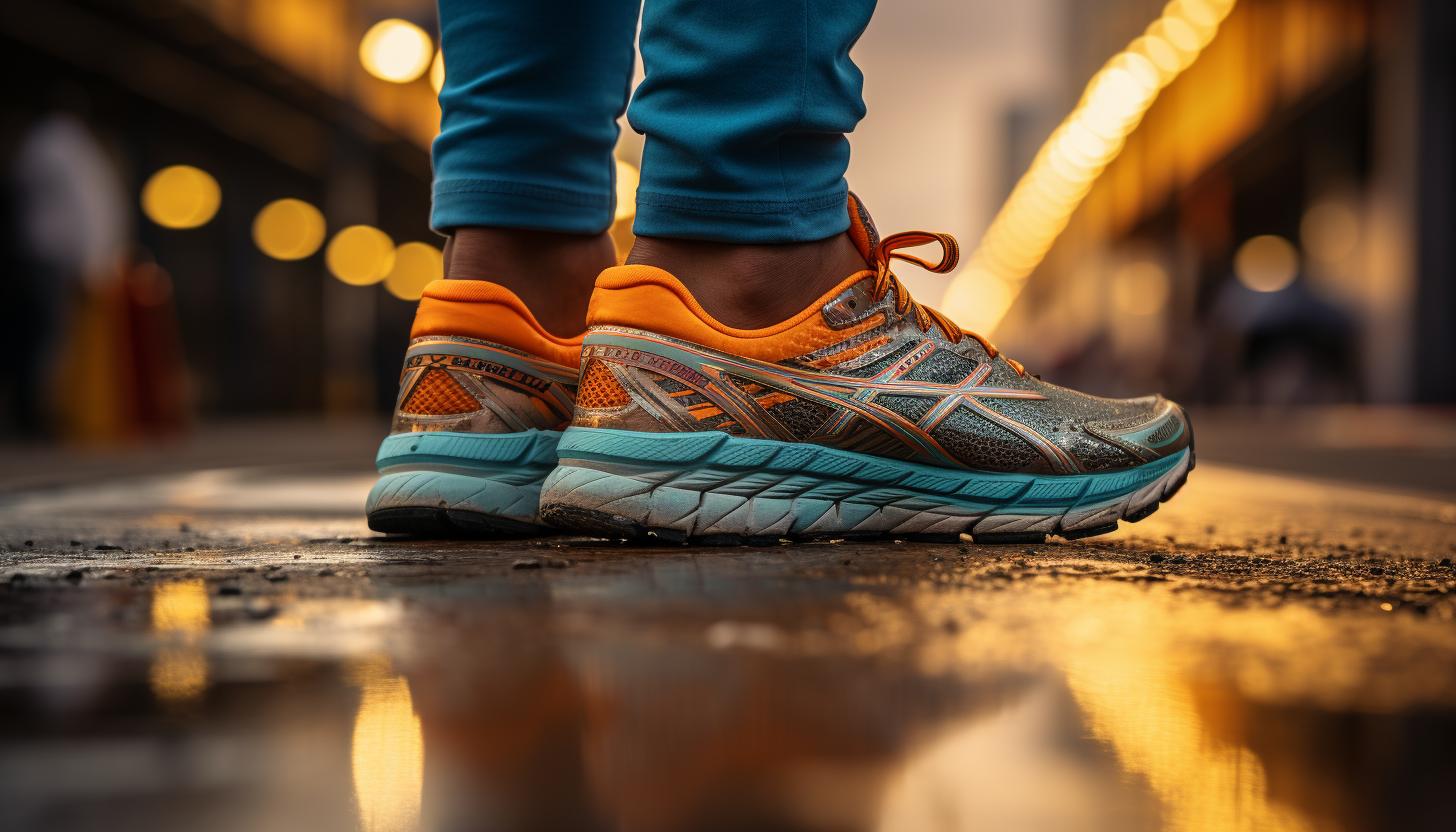
One important tip for transitioning to minimalist shoes is gradually increasing your mileage to allow your feet and body to adapt. The transitioning process from traditional running shoes to minimalist ones can be challenging, but taking it slow is key.
Start by incorporating short runs in your minimalist shoes and gradually increase the distance over several weeks. This will give your feet, ankles, and lower leg muscles time to adjust to the new demands of minimalist footwear.
Another common mistake people make during the transition is neglecting their form. Minimalist running shoes encourage a more natural stride, with a forefoot or midfoot strike instead of a heel strike. To avoid injury, focus on maintaining good posture and landing softly on your feet while keeping a quick cadence.
It’s also important to listen to your body during this transition period. Pay attention to any discomfort or pain and modify your training accordingly. If needed, alternate between minimalist and traditional running shoes until you feel fully comfortable in minimalistic footwear.
By following these tips and being patient with yourself, you can successfully navigate the transition process towards minimalist running shoes.
Now let’s delve into expert opinions on the pros and cons of these types of footwear options.
Expert Opinions on Minimalist Running Shoes

If you’re curious about expert opinions, you might be interested to know that some professionals argue that minimalist footwear can help strengthen the muscles in your feet and lower legs. Here are three key points to consider when exploring the expert opinions on minimalist running shoes:
1. Minimalist vs. traditional running shoes: a comparison: Experts often compare minimalist running shoes with traditional cushioned running shoes. Traditional shoes provide more support and cushioning, which some argue can reduce the impact on joints, but they may also weaken foot muscles over time. Minimalist shoes, on the other hand, encourage a natural stride by allowing your feet to move more freely.
2. The evolution of minimalist running shoe technology: Over time, minimalist running shoe technology has evolved to strike a balance between protection and minimalism. Many brands now offer lightweight designs with thin soles that still provide some level of cushioning and protection while maintaining the benefits of barefoot-like movement.
3. Consider individual factors: Expert opinions may vary depending on an individual’s biomechanics, training history, and personal preferences. It’s important to consult with professionals such as podiatrists or sports trainers who can assess your specific needs and guide you towards the right choice for your running style.
Conclusion
In conclusion, minimalist running shoes offer a range of benefits. These include improved foot strength and natural movement. However, it’s important to be aware of the potential risks they may pose. These risks include increased strain on muscles and joints.
Before making the switch, consider factors such as your running style and foot type. If you decide to transition to minimalist shoes, do so gradually and listen to your body’s feedback.
Ultimately, the decision lies in finding what works best for you. So why not give minimalist running shoes a try and experience the freedom they can provide?



